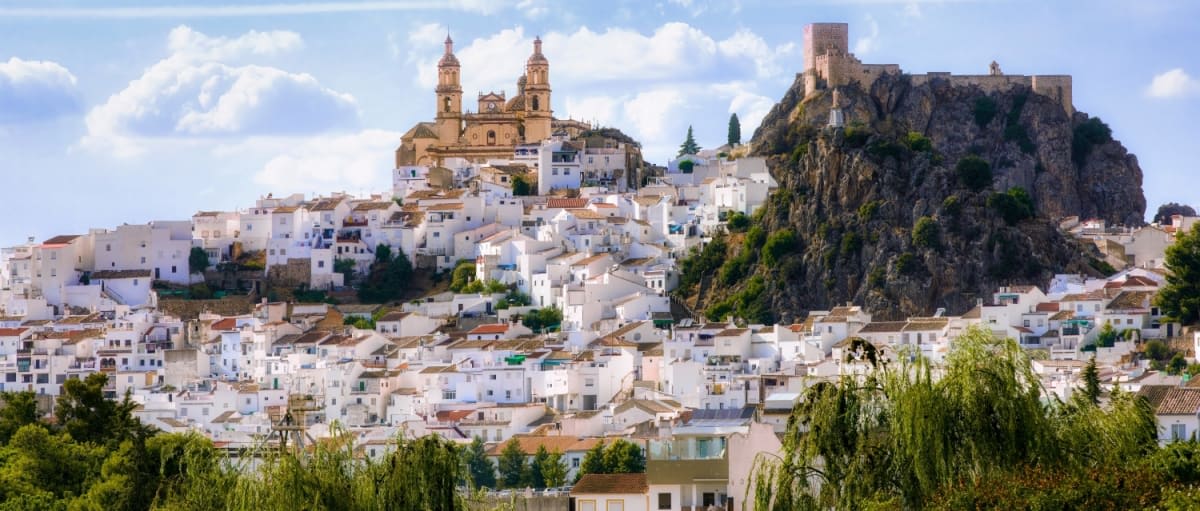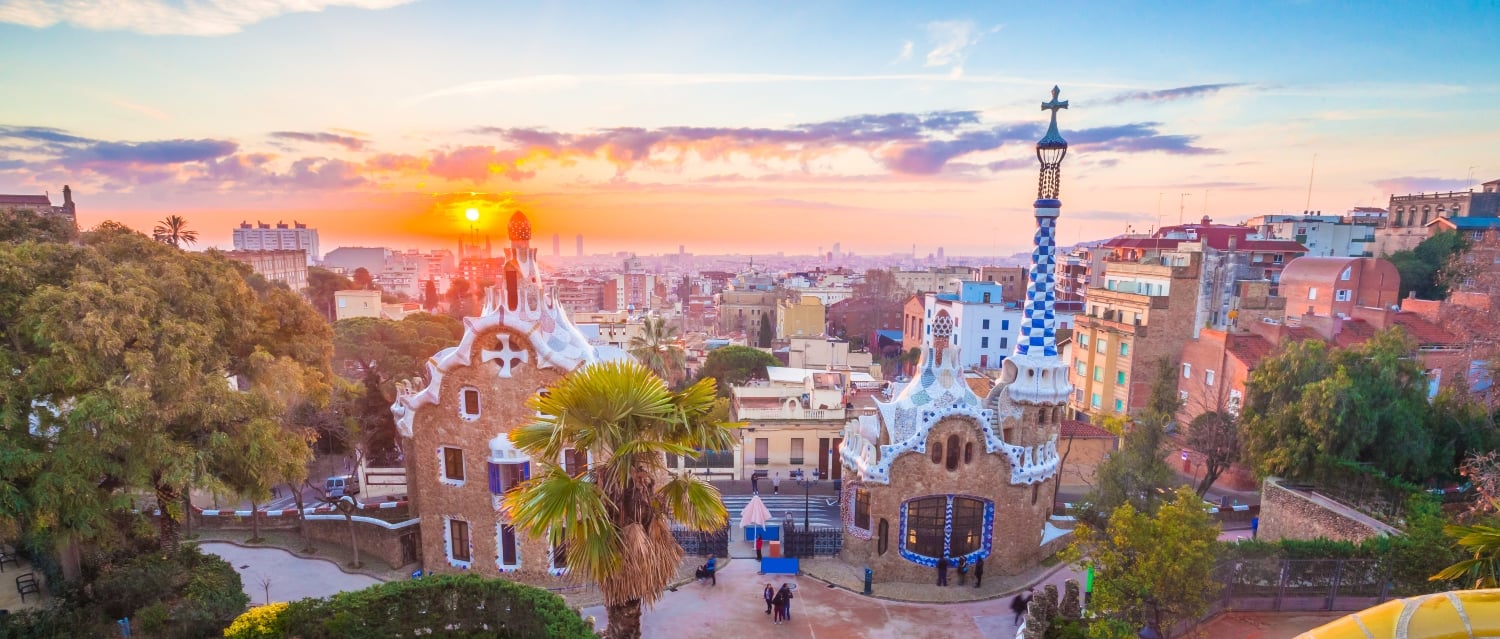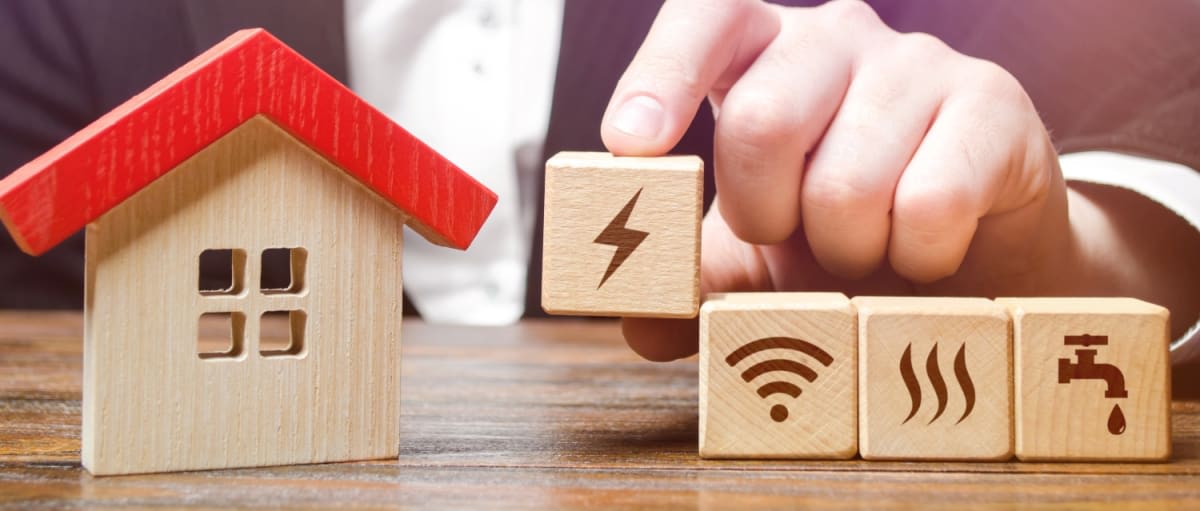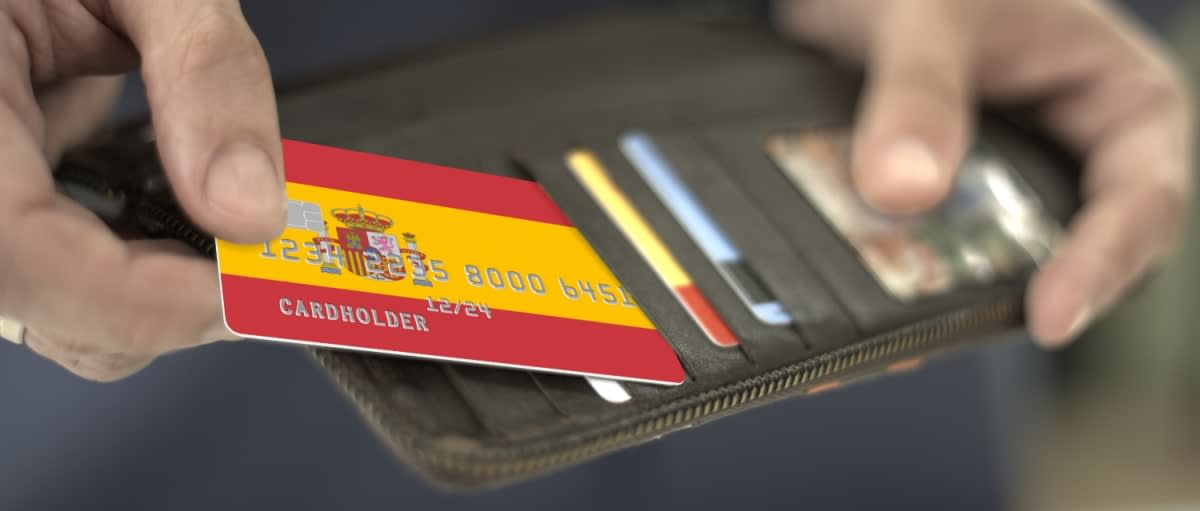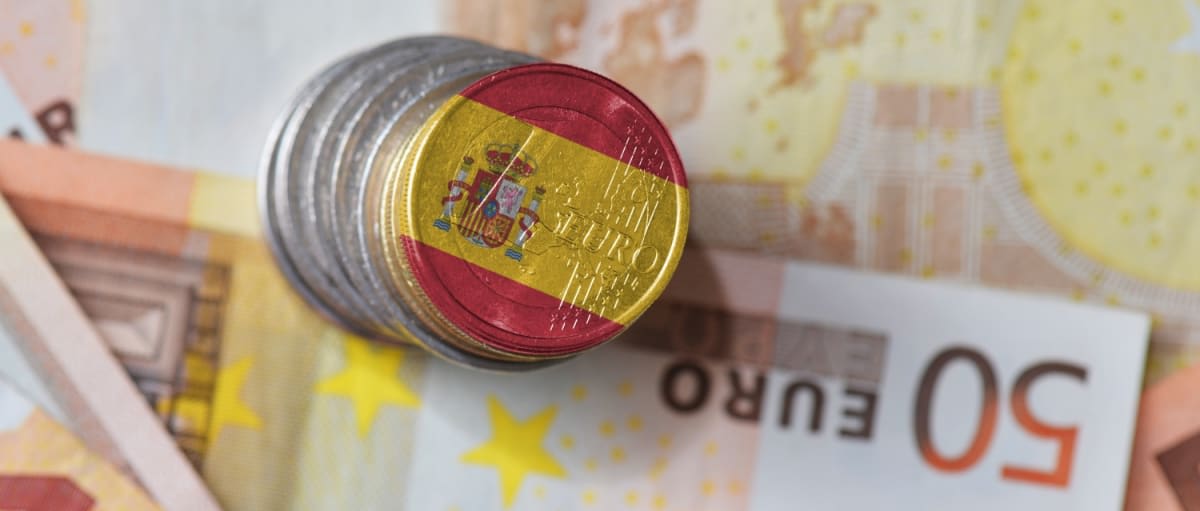Barcelona combines creativity, coast and culture – and buying property here means you’re investing in one of Europe’s most liveable cities. From penthouses in Eixample to seaside apartments in Poblenou, this guide walks you through how to buy smartly and confidently.
Barcelona is a city that leaves a lasting impression. Maybe it’s the golden light falling on Gaudí’s cathedral, the scent of orange blossoms in the Gothic Quarter or the buzz of café tables spilling onto sun-warmed pavements. For many overseas buyers, what starts as a city break soon becomes something more permanent.
But buying here – like in any major European city – means balancing lifestyle dreams with legal and financial realities. Whether you’re eyeing a permanent move, a second home or a long-term investment, this guide will help you navigate the Barcelona property market with clarity and confidence.
Download the Spain Buying Guide
Contents
Why buy in Barcelona?
Barcelona is one of those cities that seems to have everything: art, football, food, the beach, mountains on the horizon and a breeze that rolls in from the Mediterranean. It’s the capital of Catalonia – both culturally and administratively – and has long been one of Spain’s most dynamic, independent-spirited regions.
The city’s appeal is broad. You might be buying a lock-up-and-leave bolthole for weekend breaks. You might want a family base in the sunshine. Or you could be part of the growing number of buyers blending work and lifestyle by relocating full or part time. Either way, you’ll find Barcelona delivers.
Architecturally, the city is dazzling – and not just because of Gaudí. A walk through Eixample or the Gothic Quarter reveals layer after layer of history and creativity, from medieval courtyards to modernist masterpieces. But Barcelona isn’t stuck in the past. Its neighbourhoods are constantly evolving, with a mix of innovation, regeneration and an openness to international lifestyles that makes it ideal for overseas buyers.
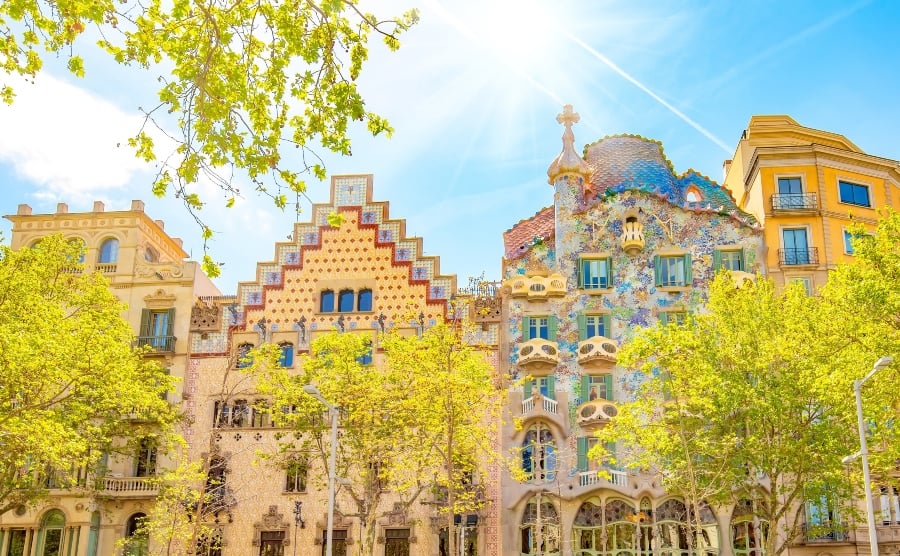
Getting to Barcelona
Barcelona–El Prat Airport is Spain’s second busiest and has direct flights from London, Manchester, Dublin, New York, Miami and more. Once landed, you’re just 30 minutes from the city centre via taxi, train or Aerobus.
There’s also a high-speed rail connection (AVE) from cities such as Madrid, Valencia and Paris. This makes weekend visits, commuting or a car-free lifestyle easy and sustainable.
Is property in Barcelona a good investment?
In 2023, the property market in Barcelona recorded solid growth. All but one district saw price increases, and the average cost per square metre now exceeds €4,000. While this places it among Spain’s most expensive cities, demand remains resilient, particularly in well-connected, lifestyle-led locations like Poblenou and Gràcia.
Catalonia has one of the highest purchase taxes in Spain: 10% for resale properties under €1m, and 11% for those over that threshold. For new builds, VAT (IVA) at 10% and 1.5% stamp duty applies. These are worth factoring into your budget from the outset.
On the rental side, Barcelona has been a victim of its own popularity. In response to the housing crunch, the city government has introduced measures to curb short-term lets. By 2028, over 10,000 tourist licences will be revoked. If your intention is to buy for holiday lets, ensure you understand the legal requirements – and consider shifting your focus to medium- or long-term rentals, which remain viable and in demand.
Long term, Barcelona is a safe place to invest. It remains a global city, an Olympic host, a tech hub and a magnet for creatives and remote workers. Even with tighter regulations, property here is unlikely to lose its appeal.
Barcelona property market overview
Barcelona has one of Spain’s most international property markets. In 2023, overseas buyers made up around a third of home purchases in the city centre.
The average price for a well-located two-bedroom flat in a desirable neighbourhood starts at around €250,000, but budgets closer to €350,000-€500,000 will give you more choice, space and quality. For example:
- In Eixample or El Born, expect to pay over €4,500 per square metre for a fully renovated apartment.
- In up-and-coming areas like Poble Sec or El Raval, you may find homes from €2,500-€3,500 per square metre, though many will need work.
Luxury buyers have access to a high-end market offering restored penthouses, heritage buildings with concierge services and contemporary developments in beachfront zones like Diagonal Mar.
Barcelona also has a strong off-plan and new-build market, particularly in regenerated areas like Poblenou and the outer parts of Sant Martí. These tend to be energy-efficient, modern and designed with international buyers in mind.
Where to buy property in Barcelona
Here’s a comparison of Barcelona’s key neighbourhoods to help narrow your search:
| Neighbourhood | What it’s known for | Ideal for |
|---|---|---|
| Eixample | Grid layout, Gaudí architecture, elegant shopping streets | Professionals, design lovers, investors |
| El Born | Historic charm, boutiques, museums, nightlife | Young creatives, second-home owners |
| Gràcia | Bohemian vibe, independent shops, Park Güell | Artists, families, remote workers |
| Poblenou | Tech hub, converted lofts, beachfront living | Digital nomads, start-up professionals |
| Poble Sec | Central, not touristy, near Montjuïc Park, family-friendly | Retirees, families |
| El Raval | Edgy, artsy and evolving | Renovation-minded buyers, young professionals |
If you want more space or a lower price per square metre, consider:
- Zona Alta – green, elegant and peaceful, with high-quality schools
- Sant Cugat del Vallès – well-connected and family-friendly
- Sitges – a cosmopolitan coastal town with strong LGBTQ+ community and international schools
- Girona – a stunning Catalan city under 40 minutes by high-speed train
Search homes for sale in Spain
How to buy property in Barcelona
Step 1: Begin your search
Use the Your Overseas Home portal to filter listings by neighbourhood, price and property type. Make a list of must-haves (e.g. terrace, elevator, views, energy rating) and nice-to-haves.
Step 2: Build your expert team
This includes:
- A bilingual, independent lawyer familiar with Catalan property law
- A local estate agent or buyer’s agent
- A currency specialist such as Smart Currency Exchange
- A mortgage adviser, if financing is needed
Speak to a Spain property expert
Step 3: Arrange viewings
Book a property-viewing trip once you’ve shortlisted a few homes. Barcelona is compact and easy to navigate, so you can view several homes in a single day, though some may require pre-booked appointments or virtual previews.
Step 4: Make an offer
If you find the right home, make an offer through your agent. Once accepted, you’ll sign a reservation contract and pay a fee (1-5% of the property’s value) to take the property off the market.
Step 5: Legal checks and deposit
Your lawyer will carry out due diligence on the property’s legal status, building permissions, and debts. Then you’ll sign a private purchase contract and pay a 10% deposit.
Step 6: Final contract and handover
At the notary’s office, you’ll sign the escritura pública and pay the remaining purchase price, plus taxes, legal fees and notary costs.
FAQs about buying property in Barcelona
Yes. There are no restrictions on foreigners purchasing property in Barcelona. International buyers make up around a third of home purchases in the city centre, and the process is open to both EU and non-EU nationals, provided you obtain a Spanish NIE (foreigner’s identification number).
Barcelona is considered a safe long-term investment. Prices remain high compared to other Spanish cities, averaging over €4,000 per square metre, but demand is strong thanks to the city’s global status, transport links and international appeal. Short-term lets are restricted, yet medium- and long-term rentals continue to be viable options. For lifestyle and capital growth, Barcelona offers a solid balance.
Post-Brexit, British citizens are classed as non-EU buyers. You can still purchase freely, but your stay is capped at 90 days in any 180 without a visa. For full-time living, you’ll need to apply for residency. In Barcelona, note that tourist rental licences are being phased out – more than 10,000 will be revoked by 2028 – so factor this into any investment plans.
You might also like:



